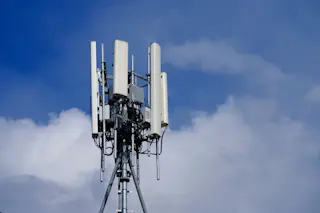Santa Claus—according to song and legend, he's a man with quite a skill set. And that's what bothers kids when they start thinking about it. How does he know who's sleeping and who's awake? Exactly how does his workshop make enough toys for all the good children in the course of a year, and how does he deliver them all in a single night? And can anyone explain how such a rotund man can squeeze down all those chimneys?
It's just these kinds of doubting questions that have led kids to give up believing in Santa. But as Gregory Mone explains in his new book,
(Bloomsbury USA), there are perfectly good answers to all those questions.
"The problem with kids today, and the reason they are so quick to give up believing, is that they lack the basic knowledge of the universe required for a true ...














